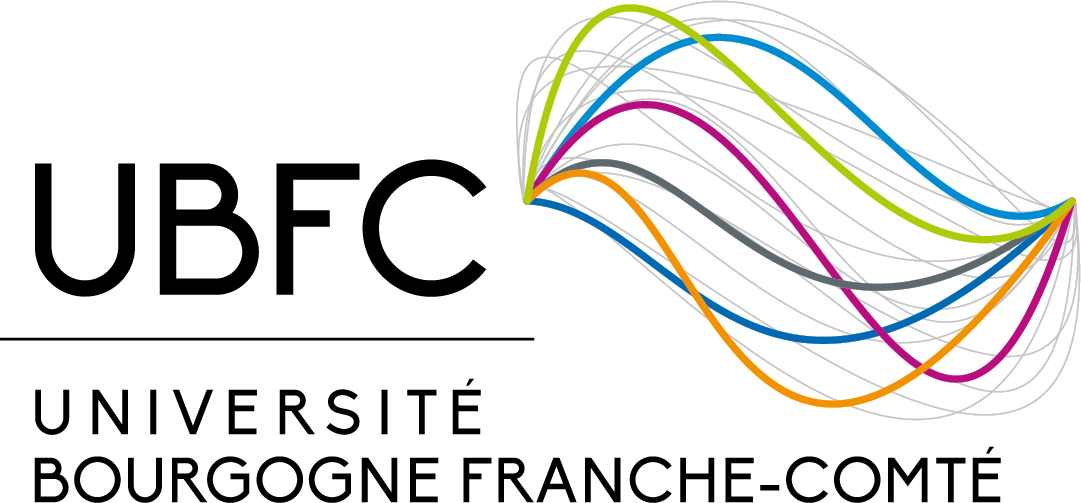Variation in neurosurgical management of traumatic brain injury: a survey in 68 centers participating in the CENTER-TBI study
| Affiliation auteurs | !!!! Error affiliation !!!! |
| Titre | Variation in neurosurgical management of traumatic brain injury: a survey in 68 centers participating in the CENTER-TBI study |
| Type de publication | Journal Article |
| Year of Publication | 2019 |
| Auteurs | van Essen TA, Boogert HF den, Cnossen MC, de Ruiter GCW, Haitsma I, Polinder S, Steyerberg EW, Menon D, Maas AIR, Lingsma HF et al. |
| Journal | ACTA NEUROCHIRURGICA |
| Volume | 161 |
| Pagination | 435-449 |
| Date Published | MAR |
| Type of Article | Article |
| ISSN | 0001-6268 |
| Mots-clés | Acute subdural hematoma, Neurosurgery, Practice variation, Traumatic brain injury |
| Résumé | BackgroundNeurosurgical management of traumatic brain injury (TBI) is challenging, with only low-quality evidence. We aimed to explore differences in neurosurgical strategies for TBI across Europe.MethodsA survey was sent to 68 centers participating in the Collaborative European Neurotrauma Effectiveness Research in Traumatic Brain Injury (CENTER-TBI) study. The questionnaire contained 21 questions, including the decision when to operate (or not) on traumatic acute subdural hematoma (ASDH) and intracerebral hematoma (ICH), and when to perform a decompressive craniectomy (DC) in raised intracranial pressure (ICP).ResultsThe survey was completed by 68 centers (100%). On average, 10 neurosurgeons work in each trauma center. In all centers, a neurosurgeon was available within 30min. Forty percent of responders reported a thickness or volume threshold for evacuation of an ASDH. Most responders (78%) decide on a primary DC in evacuating an ASDH during the operation, when swelling is present. For ICH, 3% would perform an evacuation directly to prevent secondary deterioration and 66% only in case of clinical deterioration. Most respondents (91%) reported to consider a DC for refractory high ICP. The reported cut-off ICP for DC in refractory high ICP, however, differed: 60% uses 25mmHg, 18% 30mmHg, and 17% 20mmHg. Treatment strategies varied substantially between regions, specifically for the threshold for ASDH surgery and DC for refractory raised ICP. Also within center variation was present: 31% reported variation within the hospital for inserting an ICP monitor and 43% for evacuating mass lesions.ConclusionDespite a homogeneous organization, considerable practice variation exists of neurosurgical strategies for TBI in Europe. These results provide an incentive for comparative effectiveness research to determine elements of effective neurosurgical care. |
| DOI | 10.1007/s00701-018-3761-z |
